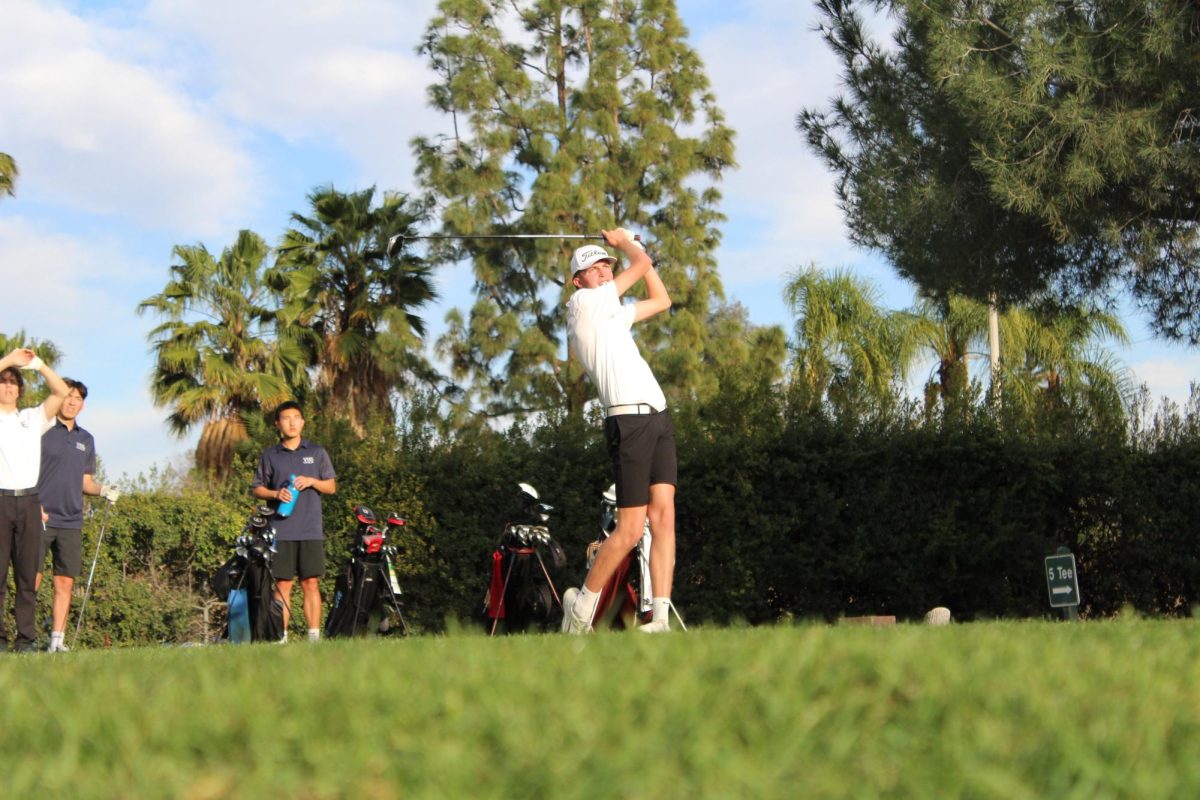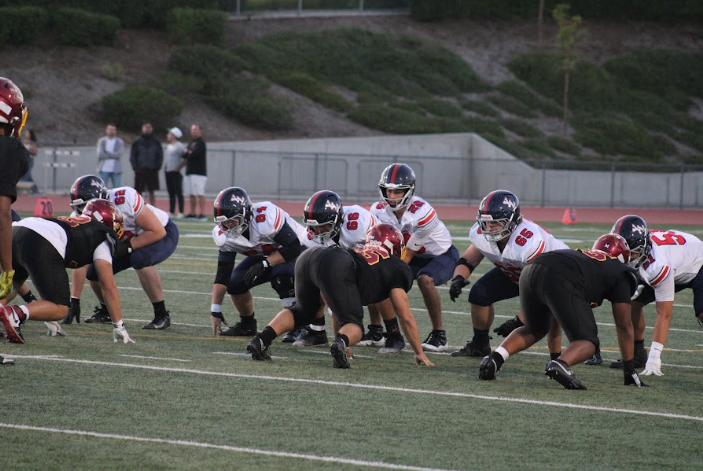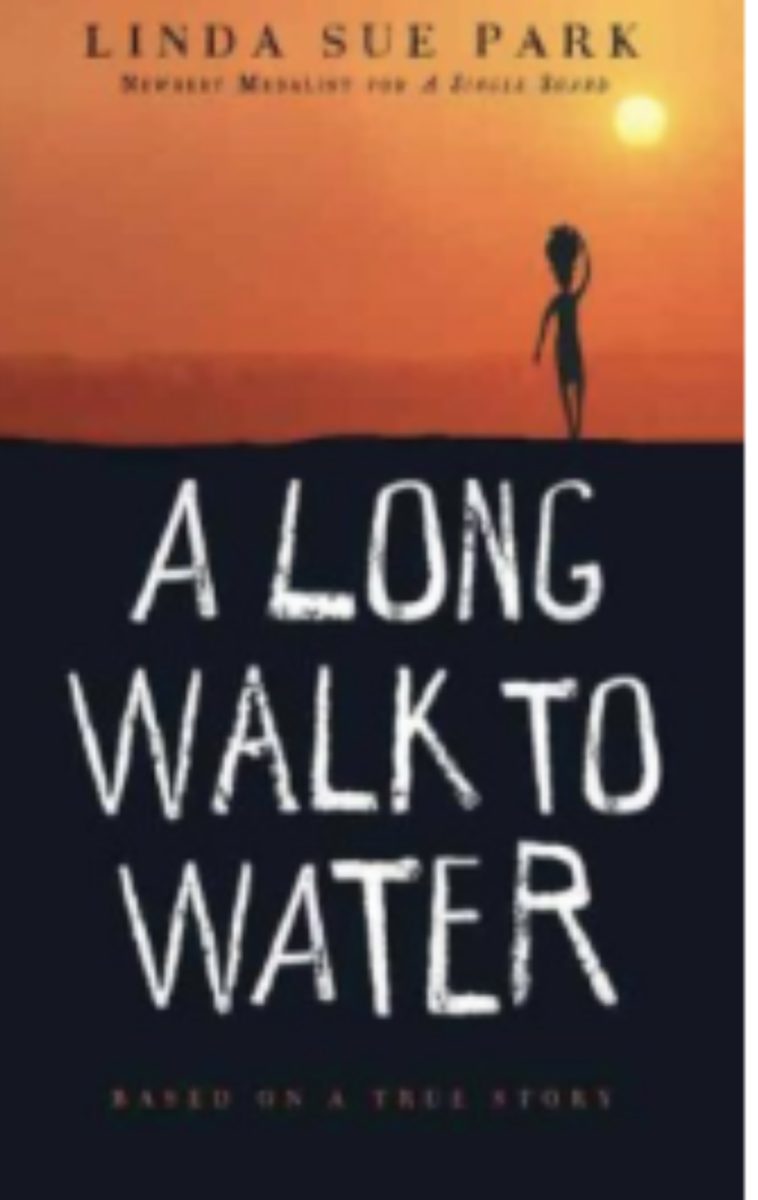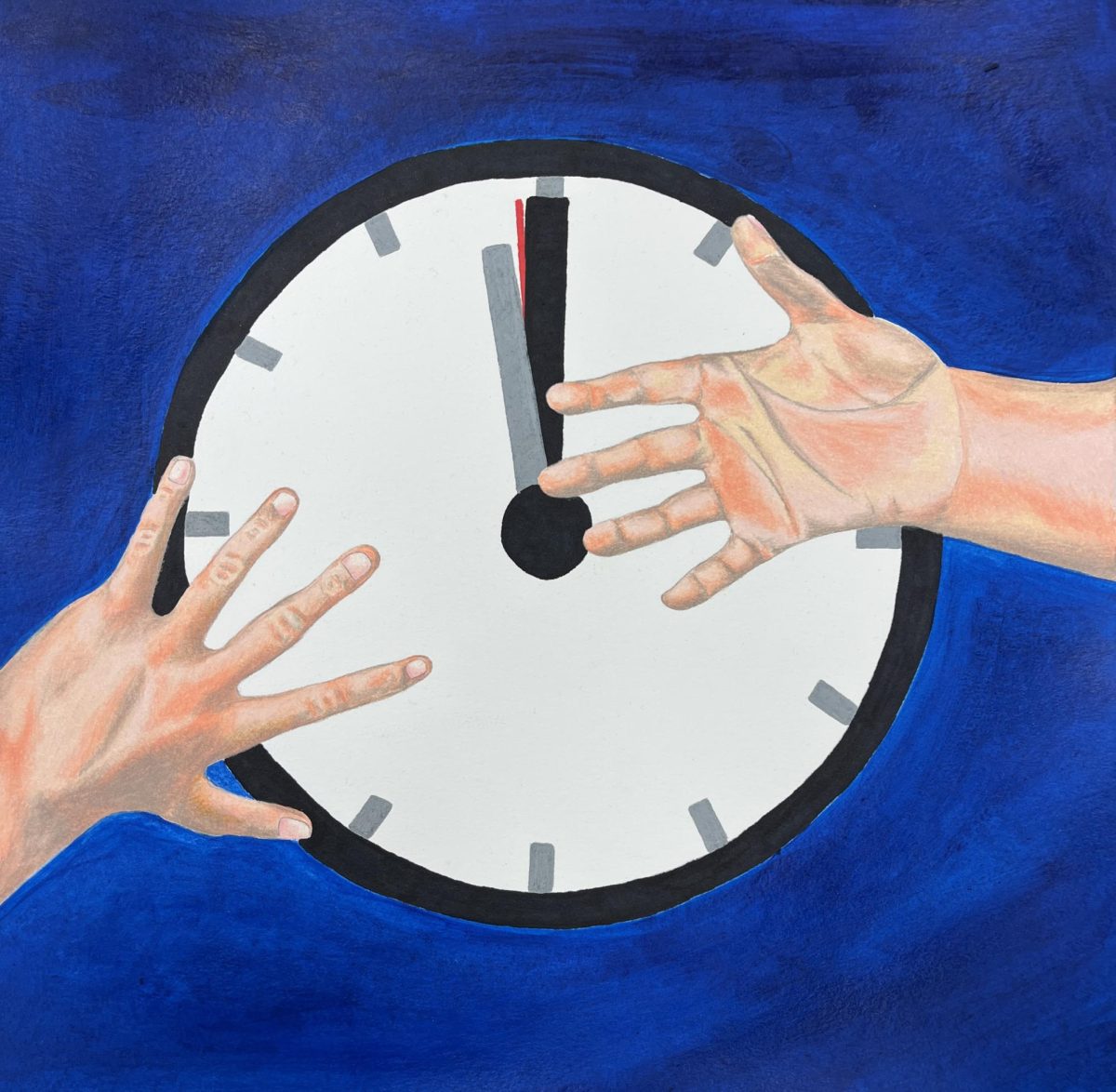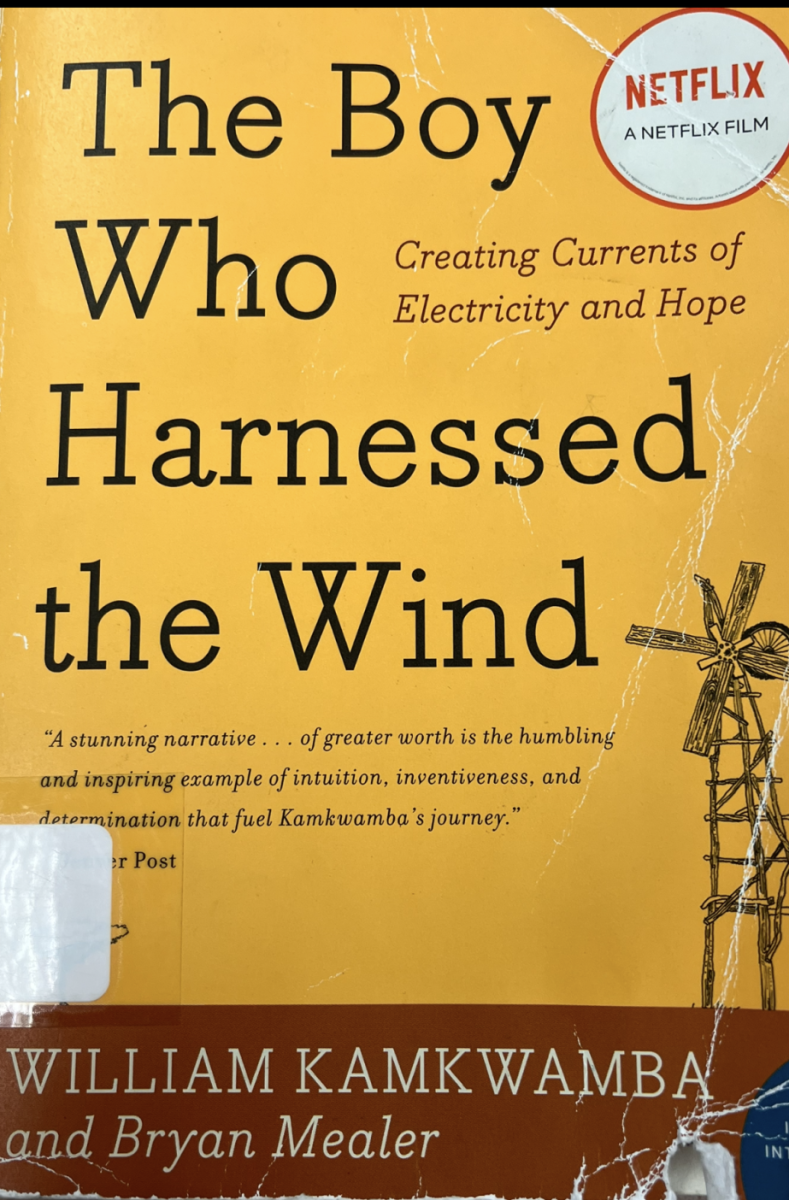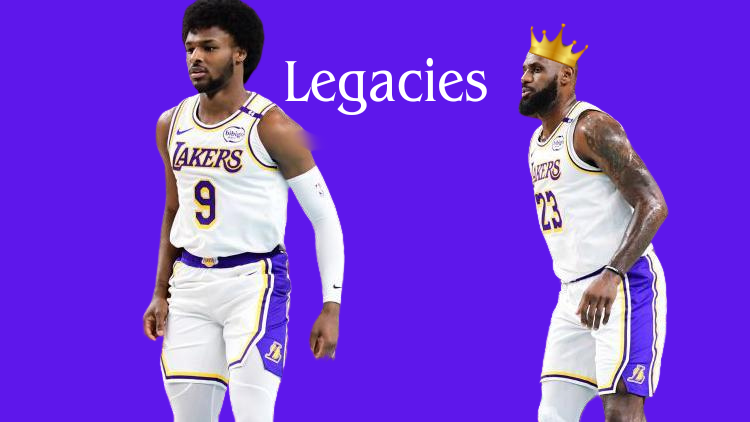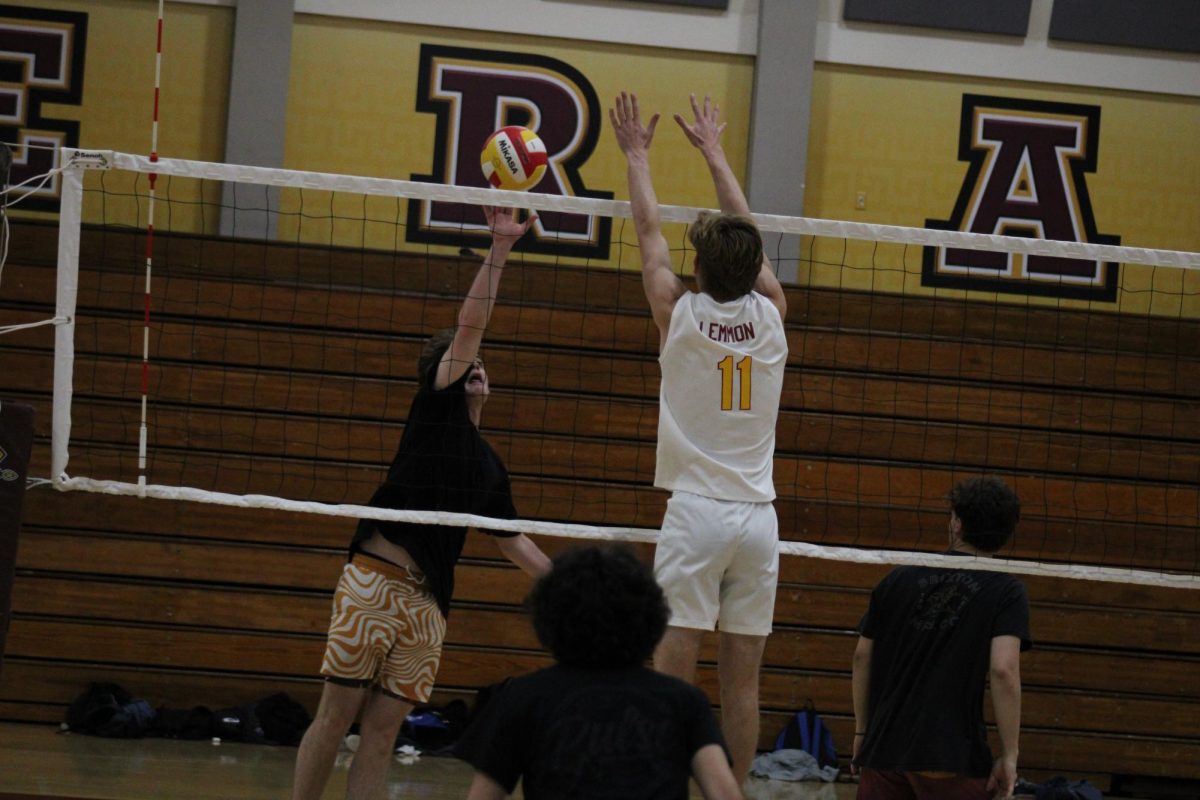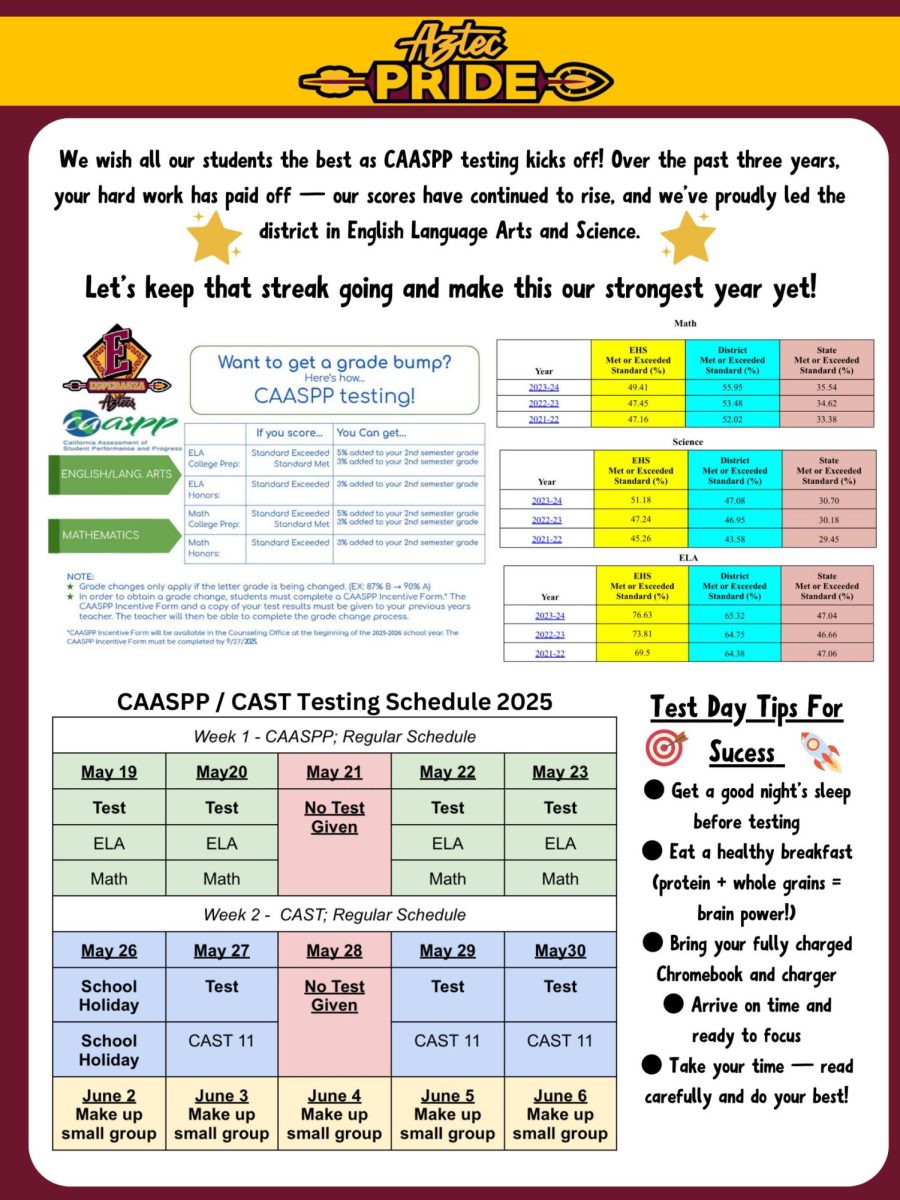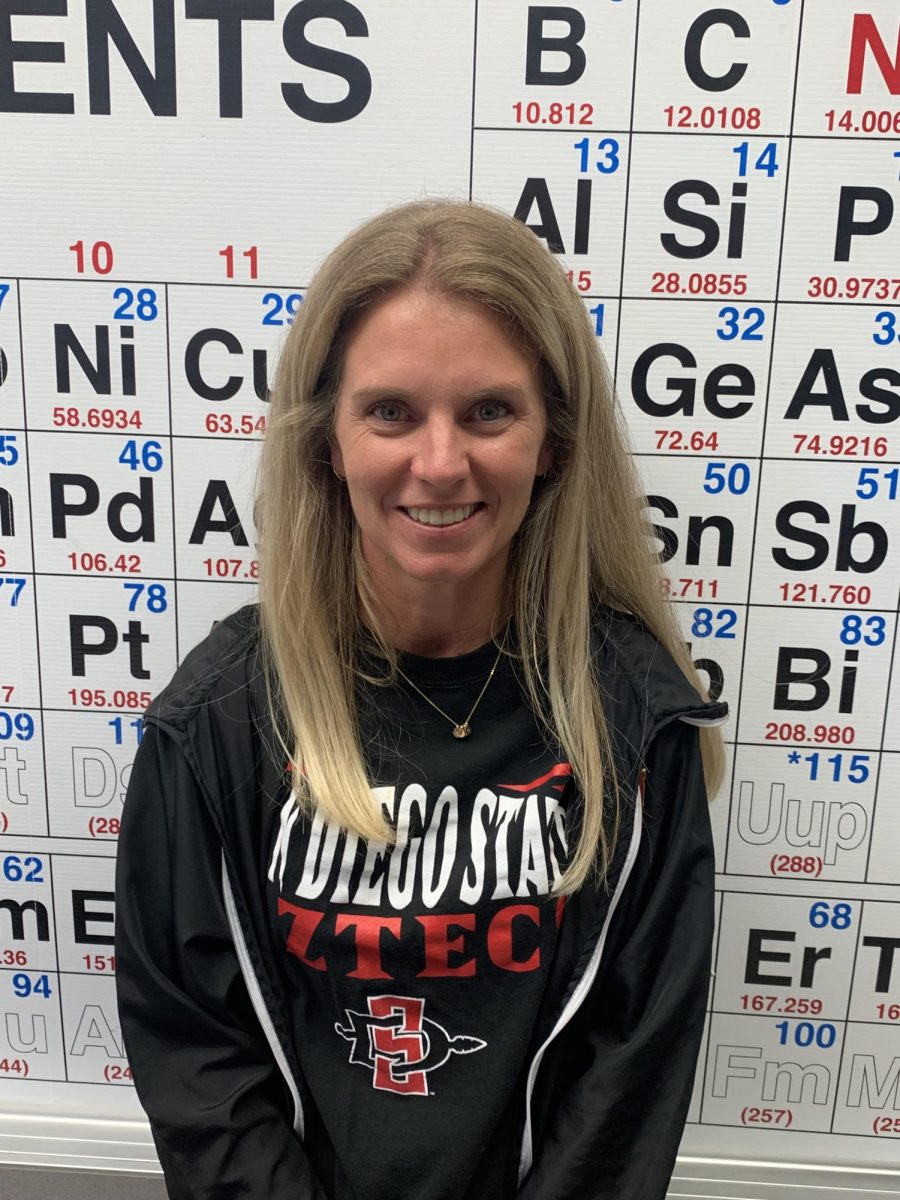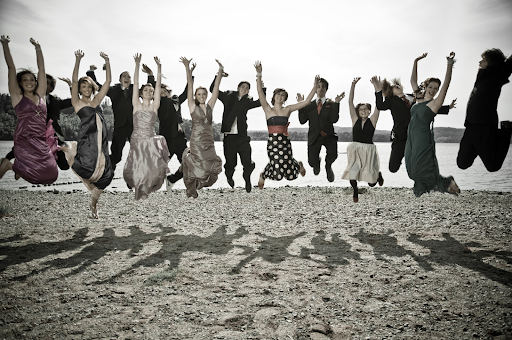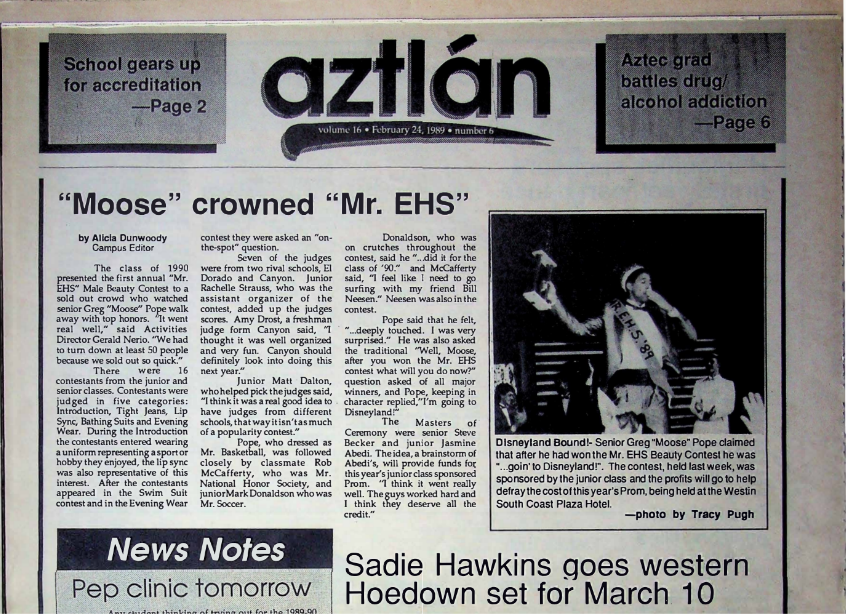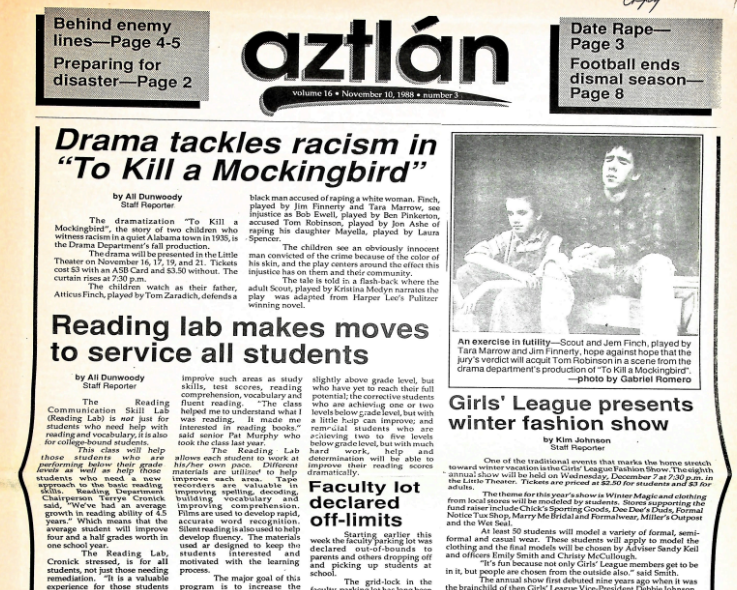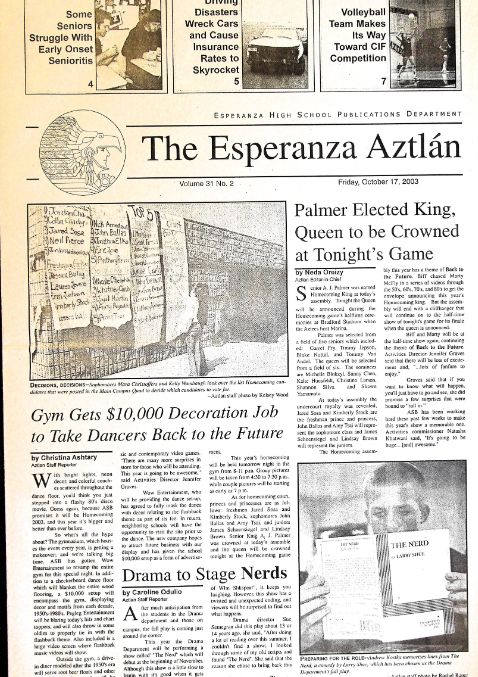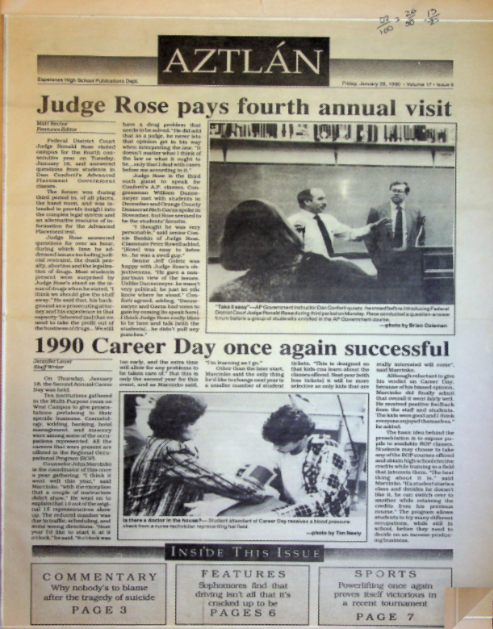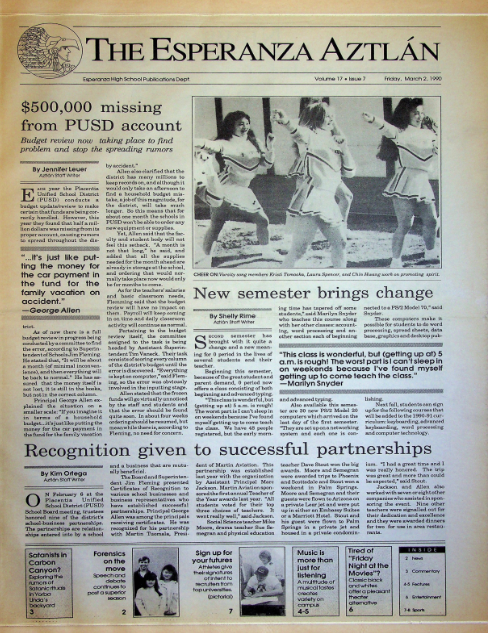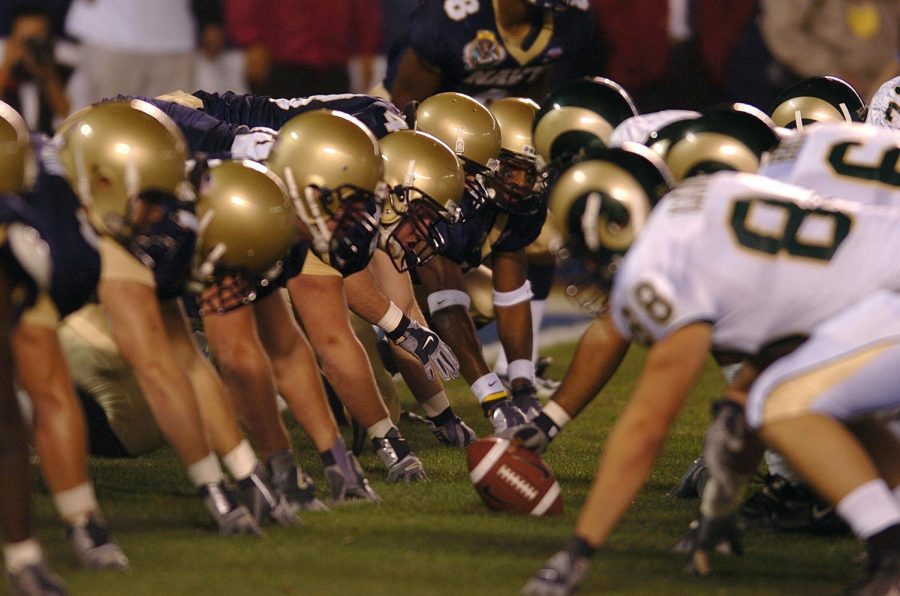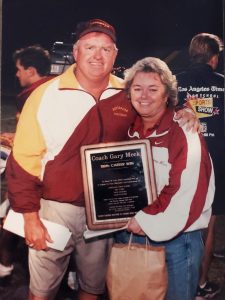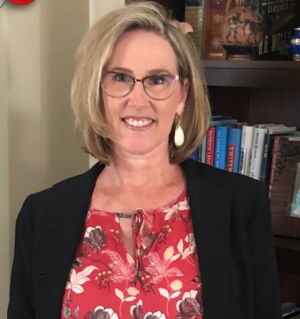How young is too young to become a professional athlete?
February 17, 2022
Across the world, many youth have the same dream of dedicating their life to playing the sport they love. With passion, drive, and skill, these young athletes strive to reach their full potential and change the world through their beloved sport. Many national sports leagues have set a minimum age requirement for their players in order to protect the young athletes physically, mentally, and socially.
The NFL made the statement that a player must be at least three years out of high school in order to join the professional league. They claim that this rule is in the athlete’s best interest” as “this rule protects [the] player’s physical safety” (Greg Bianchi). The body needs time in order to fully develop and gain strength. The NFL argues that the completion of high school will allow players to learn the lessons of their youth so they are better prepared for what is to come. The youngest player to be involved in the NFL, Amobi Okoye, joined at only 19 years old. Drafted by the Houston Texans, Okoye played from 2007-2010. He taught young athletes that through determination and commitment to football, he was able to achieve his dream. Okoye graduated high school two years ahead of most at age 16, and declined an offer to Harvard in order to play football at the University of Louisville. This would give him the opportunity to pursue a career in football, doing what he loves most. Okoye “finished his season with an impressive 32 tackles and 5.5 sacks, also a rookie record, giving him a solid first season” (path megazine). Wanting to encourage kids to have hope for a brighter future, Okoye went on to join an outreach program namely: “Kick-off for Kicks; a series of youth centered activities that uses athletics and academics to provide motivation to youth, fostering self-esteem, academics and inspiration” (path megazine). He truly is an inspiration to all as he leaves behind a legacy of commitment.
For those interested in a professional hockey career, one may look towards Armand Bep Guidolin, the youngest athlete to skate in the NHL. At only 16 years of age, Guidolin “became the youngest player to skate in an NHL game playing for the Boston Bruins (USA) in a 3-1 loss to the Toronto Maple Leafs (Canada) on 12 November 1942” (Guinness World Records). His example has influenced many to begin preparing for their professional dream on ice at an earlier age. In the 2021-2022 season, Quinton Byfield of the LA Kings as well as Jamie Drysdale of the Anaheim Ducks, tied for the youngest players engaged in the NHL at only 18 years old. Leading into 2022, Cole Sillinger (18 years) is the current youngest NHL athlete, playing for the Columbus Blue Jackets. These players have proved to play successfully throughout the 2021-2022 season with Sillinger having 7 goals and 8 assists for the Blue Jackets followed by Drysdale having 3 goals and 16 assists this season for the Ducks. Speaking of Sillinger, Marty Murray in an interview with the NHL mentioned “When the game is on the line, whether you’re up or down, he wants to be on the ice” (Josh Beneteau). To the youth who desire most to play in the National Hockey League, a sense of dedication and desire is vital to their future. Without constant engagement and diligence, players will be overlooked. One has to want it with all of their heart, putting in the necessary effort and time aside to prepare for such a fast-paced career.
Although time can give one the added experience of maturity, certain sports such as surfing encourage younger aged individuals to pursue their dreams. It is noted “on average, a surfer starts his or her professional career between 14 and 18 years of age and hangs the leash around 35” (SurferToday). Starting early can help develop better mental habits, which are beneficial later on. “With the 2017 World Surf League Women’s Qualifying Series (QS) wrapping up its final event a few days ago, 15-year-old Caroline Marks has officially qualified for the Championship Tour (CT). In doing so, the Floridian has become the youngest surfer ever (male or female) to qualify for surfing’s big leagues” (Ryan Brower). An early start to fame gives these athletes a new set of challenges of reaching their goals and setting an example for their fans. This pressure can negatively impact mental health and be harmful to the youth as they may not be prepared. Fortunately, Marks has learned ways to defy added stress. She acknowledges how it is important “to let yourself be bummed for a little bit; that means you care” (Erin Donnelly). Everyone has ups and downs which should be recognized. However, Marks argues “the quicker you can get over that, the better… Me being bummed and me being sad for a long period of time is not gonna make it better; it’s going to make it worse. My favorite thing to do after a loss is just to go surfing and just do the things that make me happy” (Erin Donnelly). It is important to not let the increased demands of being a professional athlete completely rule your life in not allowing yourself to be you.
The physicality of the NFL, the mental toughness associated with the NHL, and social implications of the WSL are all reasons why one might argue that there should be restrictions on entering the professional scene. However, there are a number of athletes that are proving this viewpoint wrong and ultimately defying this logic. There is no set universal age that makes one accountable and responsible for their life. As more younger athletes enter the pro ranks and succeed, it will only serve as a catalyst for others to realize their dreams are achievable. As time moves forward, professional leagues will be impacted by the ability of younger individuals. Furthermore, they will have the desire to engage in programs to inspire, direct, and give hope to youth with a proficient dream. This will evoke new opportunities for everyone, no matter the age, allowing them to fulfill a career as a professional athlete.

